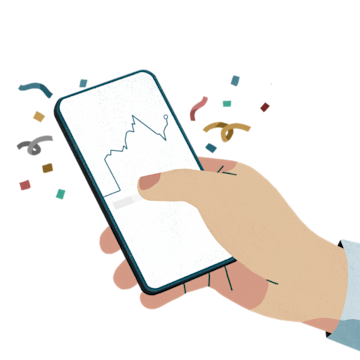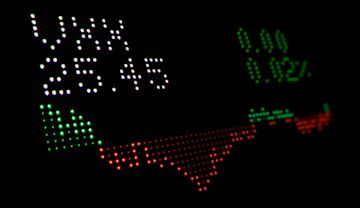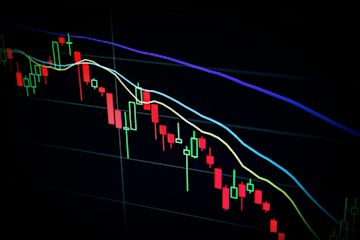
ETFs vs. Index Funds: Understanding the Key Differences
ETFs (Exchange-Traded Funds) and index funds share many similarities but differ in key ways. Understanding these differences helps investors make informed decisions for their investment strategy.
Key Trading Differences:
- ETFs trade like stocks throughout the day at market prices
- Index funds trade once daily at the closing net asset value (NAV)
- ETFs offer more flexibility for timing trades
- Index funds typically require higher minimum investments
Investment Structure:
- ETFs use a creation/redemption process that can be more tax-efficient
- Index funds must sell underlying securities to meet redemptions
- Both track specific market indexes or sectors
- Both offer broad market diversification

Hand holding phone showing banking app
Common Benefits:
- Passive management approach
- Lower costs compared to actively managed funds
- Built-in diversification
- Long-term growth potential
- Generally lower risk than individual stocks
Choosing Between ETFs and Index Funds:
ETFs are better for:
- Active traders who want intraday trading
- Investors seeking tax efficiency
- Those preferring lower minimum investments
- Price transparency throughout trading day
Index funds are better for:
- Long-term, buy-and-hold investors
- Regular automatic investments
- Those who prefer simplicity
- Investors who don't need intraday trading

Hand touching investment graph on phone
Important Considerations:
- Both types of funds can effectively track the same indexes
- Consider your investment timeline and goals
- Evaluate expense ratios and minimum investment requirements
- Think about your preferred trading style
- Review tax implications for your situation

Three people viewing smartphone together

Stock market volatility graph chart

Red stock market trading chart